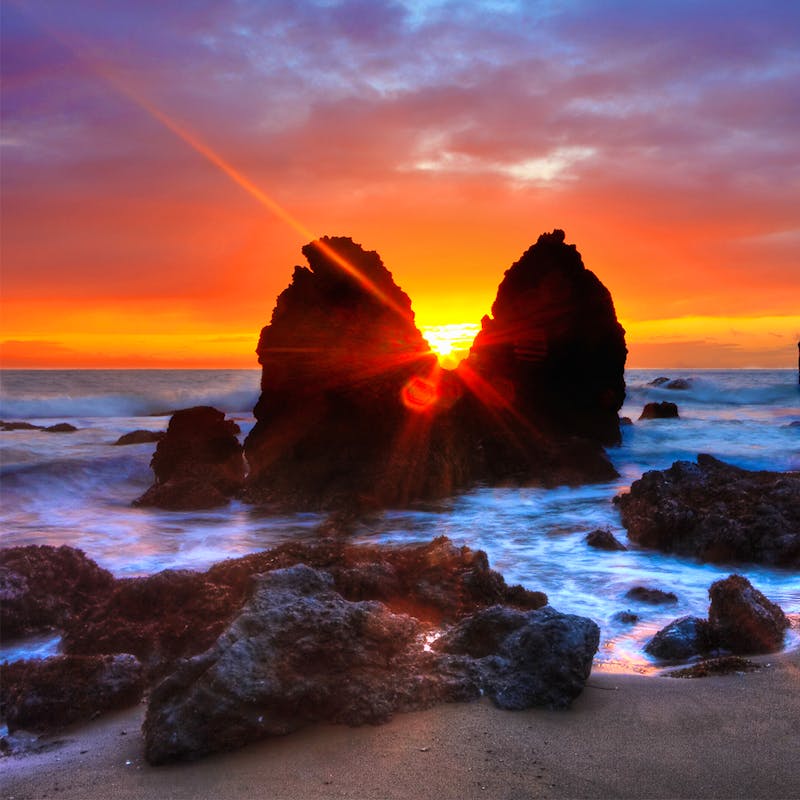The Atlantic States Marine Fisheries Commission today set a two-year pause on the bait harvest of female horseshoe crabs in Delaware Bay, declining to adopt a three-year prohibition by a 10-4 vote. Conservation groups expressed disappointment that the commission failed to provide longer-term security for vulnerable shorebird populations in the region, including the red knot, which is listed as threatened under the Endangered Species Act.
“The longer the reprieve from harvest for Delaware Bay’s horseshoe crab population, the better for the ecosystem as a whole,” said Jane Davenport, senior attorney for Defenders of Wildlife. “While a two-year reprieve is better than none, we’re disappointed that the commission couldn’t settle on something longer, based on science. Horseshoe crabs are connected to the survival of the threatened rufa red knot, as well as dozens of other species, from shorebirds to fish to sea turtles. Threatening one species threatens many more.”
For years, conservation groups have advocated for enduring protections for female horseshoe crabs, arguing that resuming the harvest would risk a violation of the Endangered Species Act. There is broad public support for protecting the crabs and the migratory birds that depend on them. In recent years, as the commission has considered resuming the female bait harvest, over 34,000 people submitted public comments in support of maintaining the protection. Earlier this year, the commission established a framework for protecting female horseshoe crabs for up to three years at a time, but it declined to fully use that new authority. Conservation groups continue to urge the commission to permanently remove the threat of a female horseshoe crab bait harvest.
Crab eggs at the key Delaware Bay stopover give red knots energy to complete their 9,000-mile journey from the southern tip of South America and breed successfully upon reaching their destination in the Arctic. Other declining shorebirds and many species of turtle and finfish also rely on the eggs. The commission’s recent consideration of resuming the female horseshoe crab harvest is based on a flawed technical model that vastly understates red knots’ reliance on horseshoe crabs.
“Imperiled migratory shorebirds, including the federally threatened red knot and a host of marine organisms, depend on the eggs female horseshoe crabs lay every spring,” said David Mizrahi, vice president of research and monitoring at New Jersey Audubon. “The ASMFC’s decision to set horseshoe crab harvest quotas for only a two-year period is unfortunate. Longer-term species management specifications are essential for recovery of this keystone species.”
“While a two-year pause is a slight improvement over the one-year pauses we’ve seen recently, we are disappointed that the commission didn’t use its available tools to protect Delaware Bay,” said Ben Levitan, senior attorney with Earthjustice’s Biodiversity Defense Program. “The region’s shorebird migration is one of our nation’s great natural wonders. We continue to urge the commission to adopt enduring protections rather than renew the threat of a female horseshoe crab harvest every year or two.”
For over 75 years, Defenders of Wildlife has remained dedicated to protecting all native animals and plants in their natural communities. With a nationwide network of nearly 2.1 million members and supporters, Defenders of Wildlife is a leading advocate for innovative solutions to safeguard our wildlife for generations to come. To learn more, please visit https://defenders.org/newsroom or follow us on X @Defenders.
Media Contact
News

Senate Votes to Prioritize Oil Over Arctic Conservation





